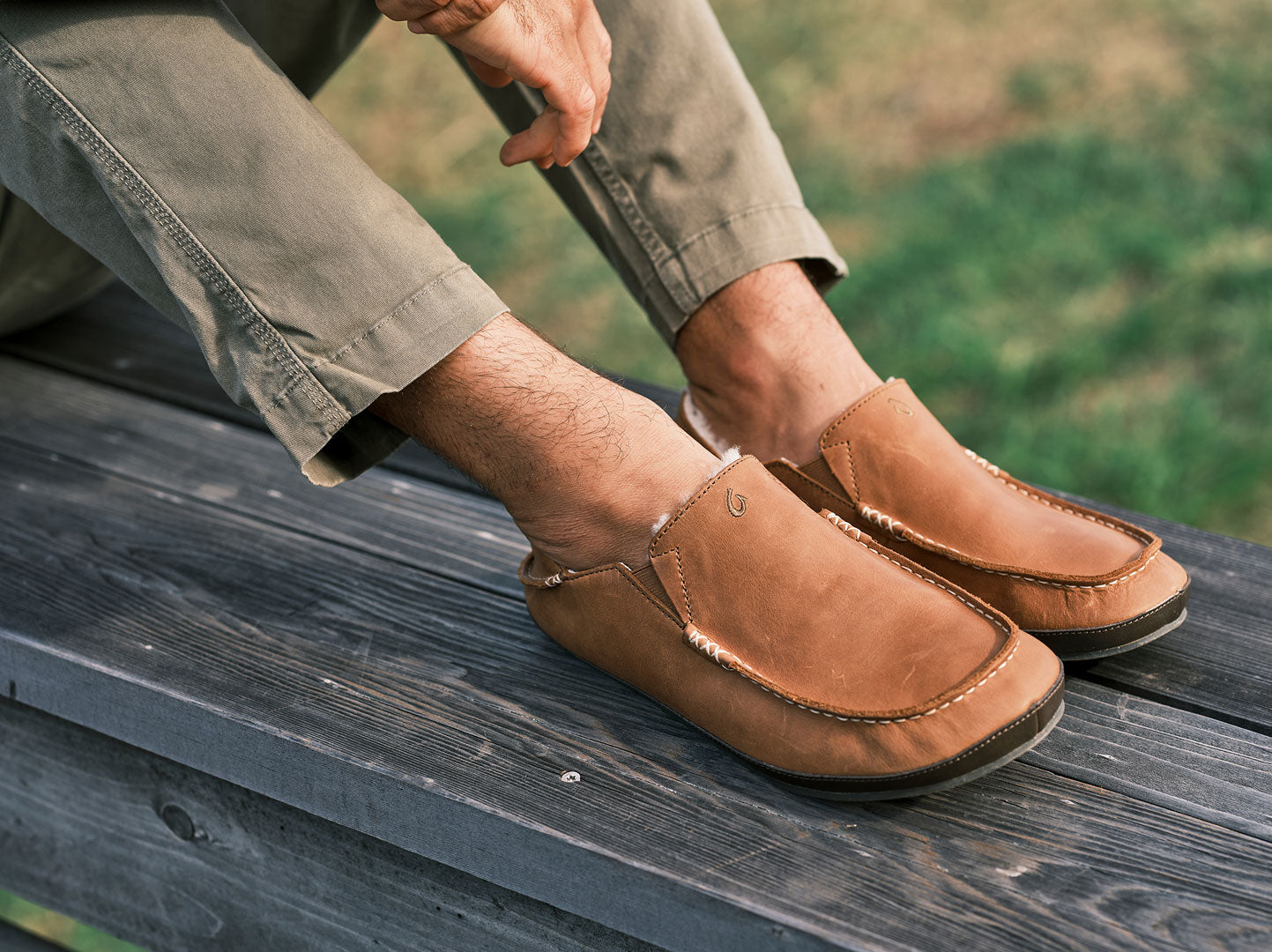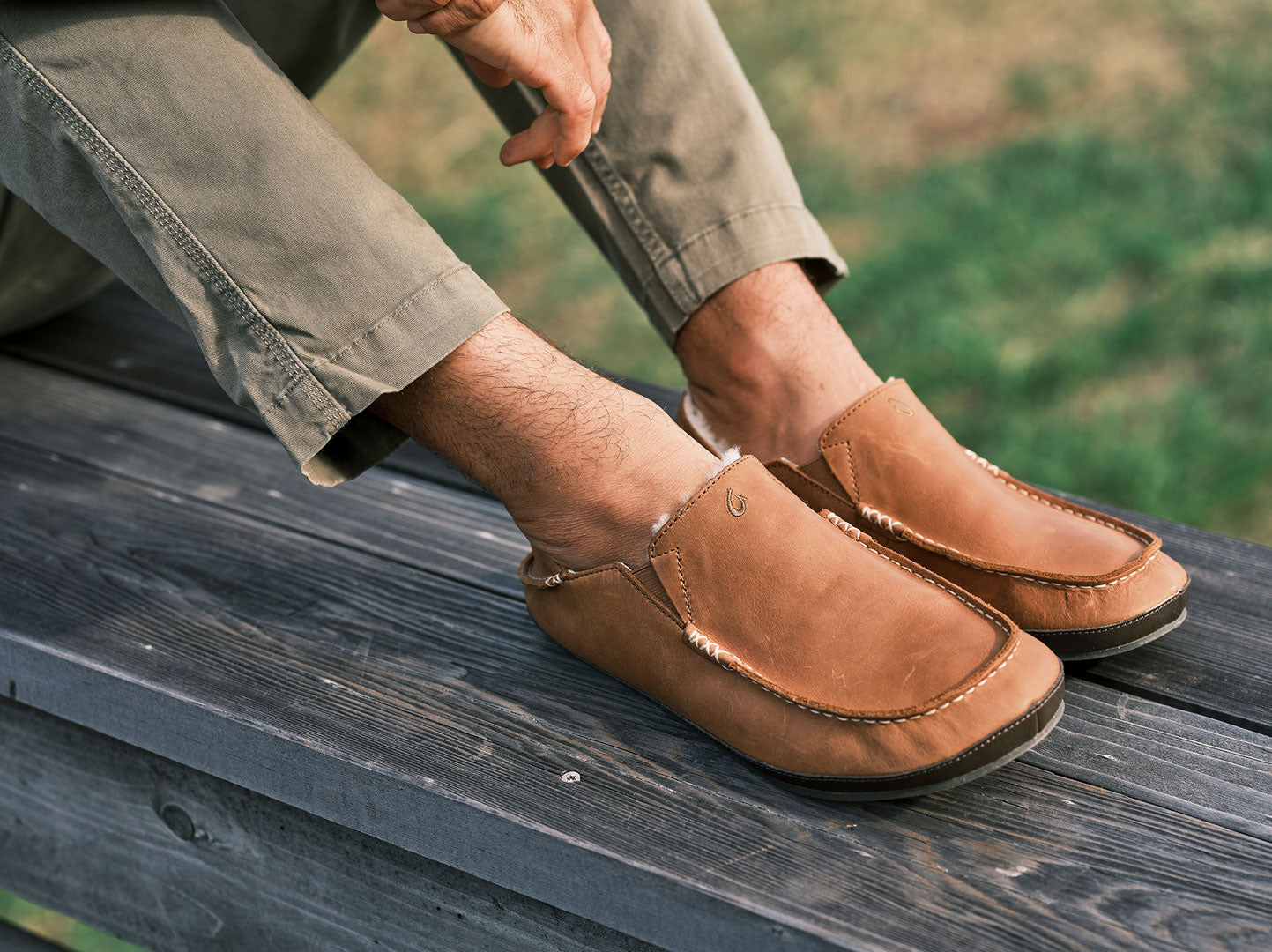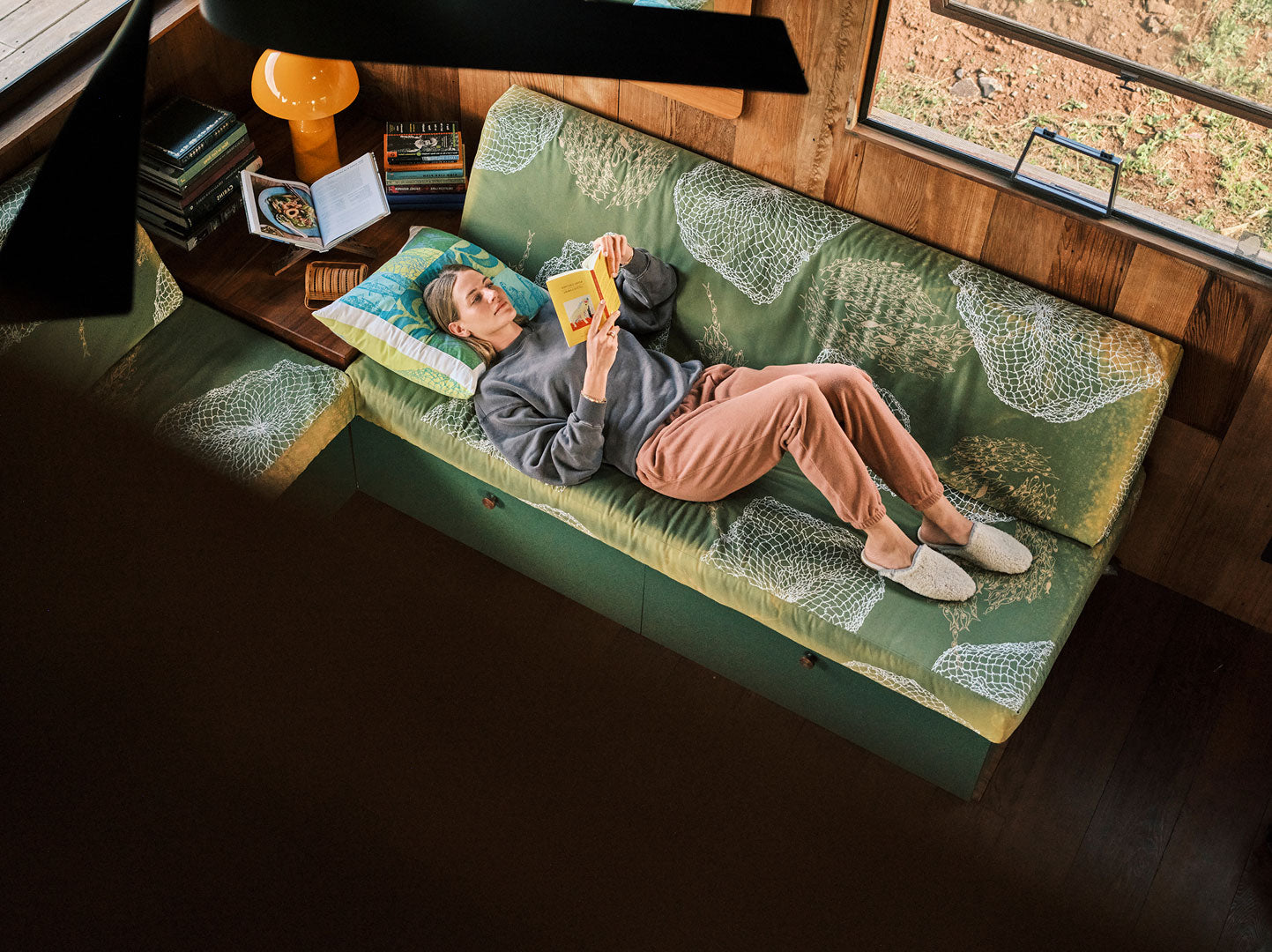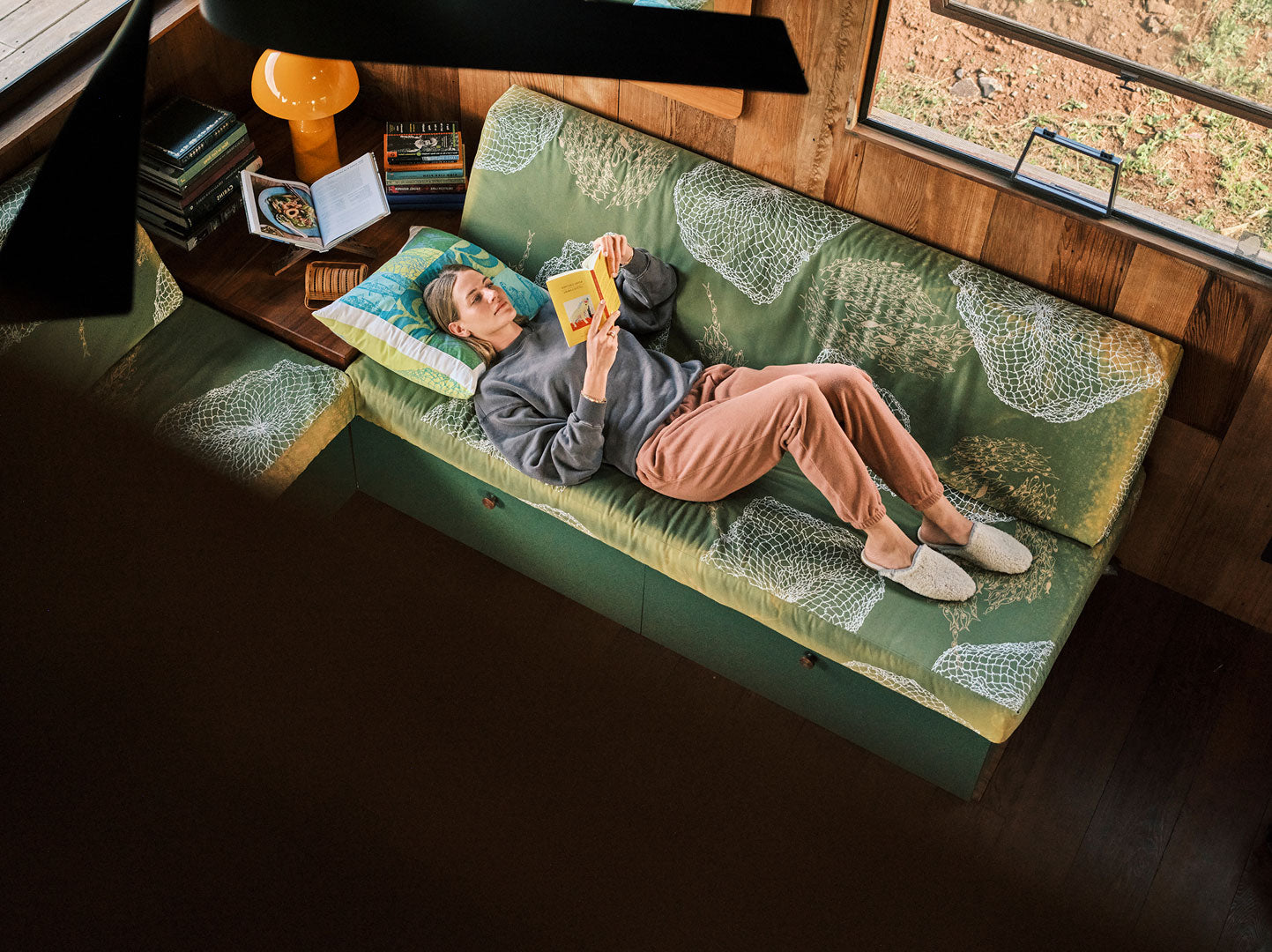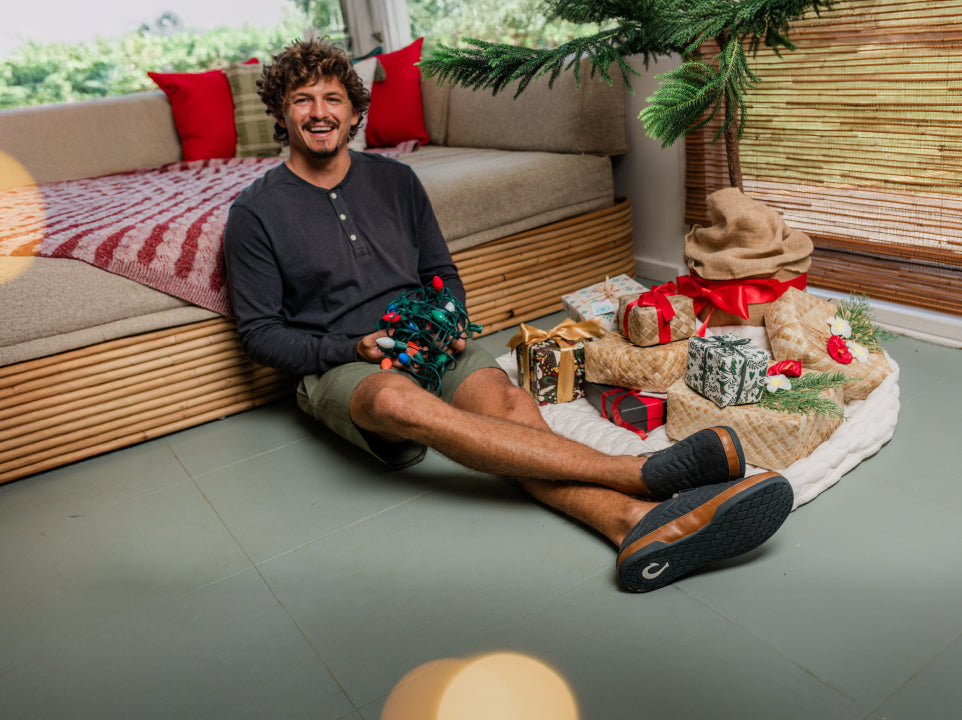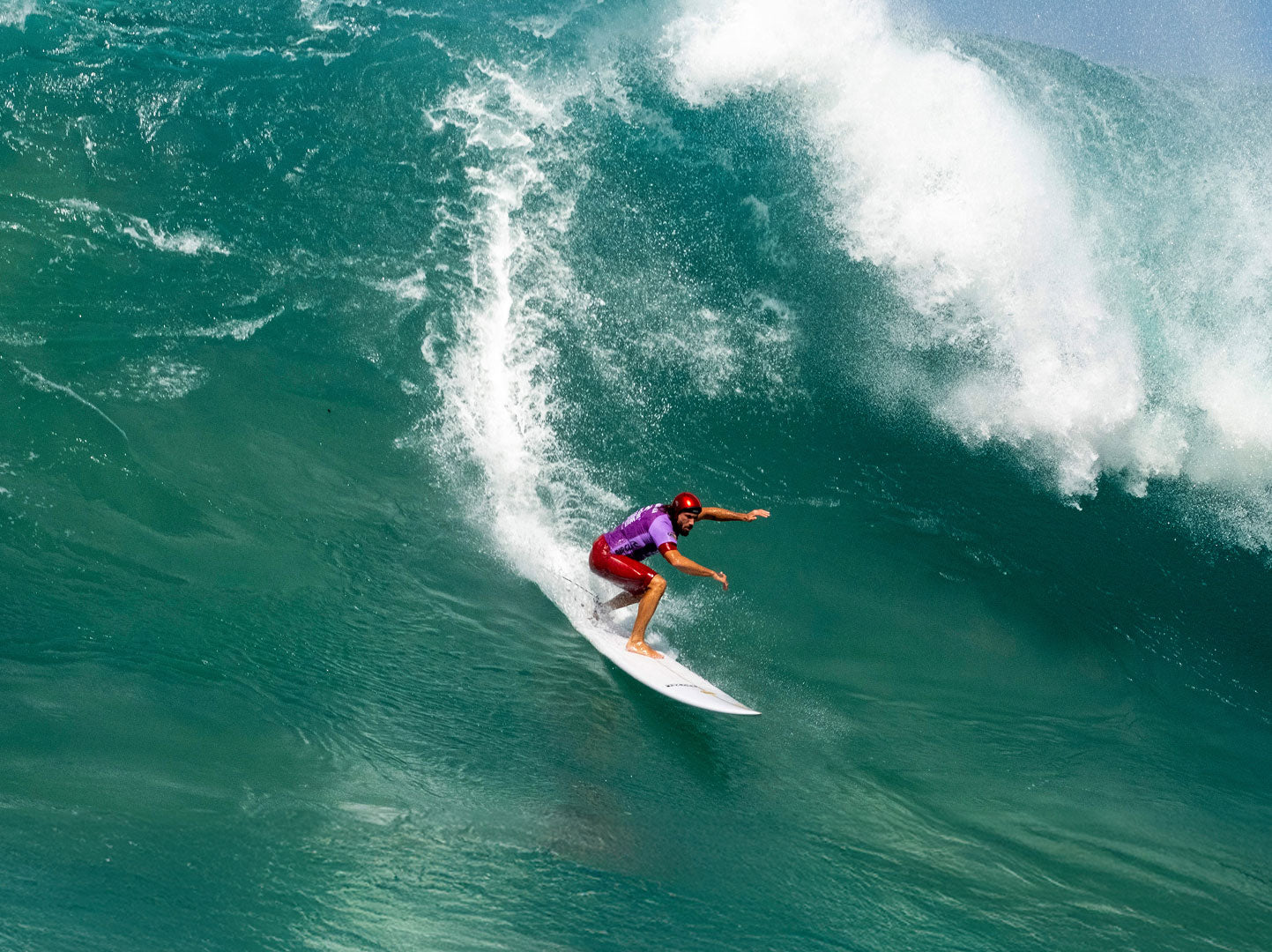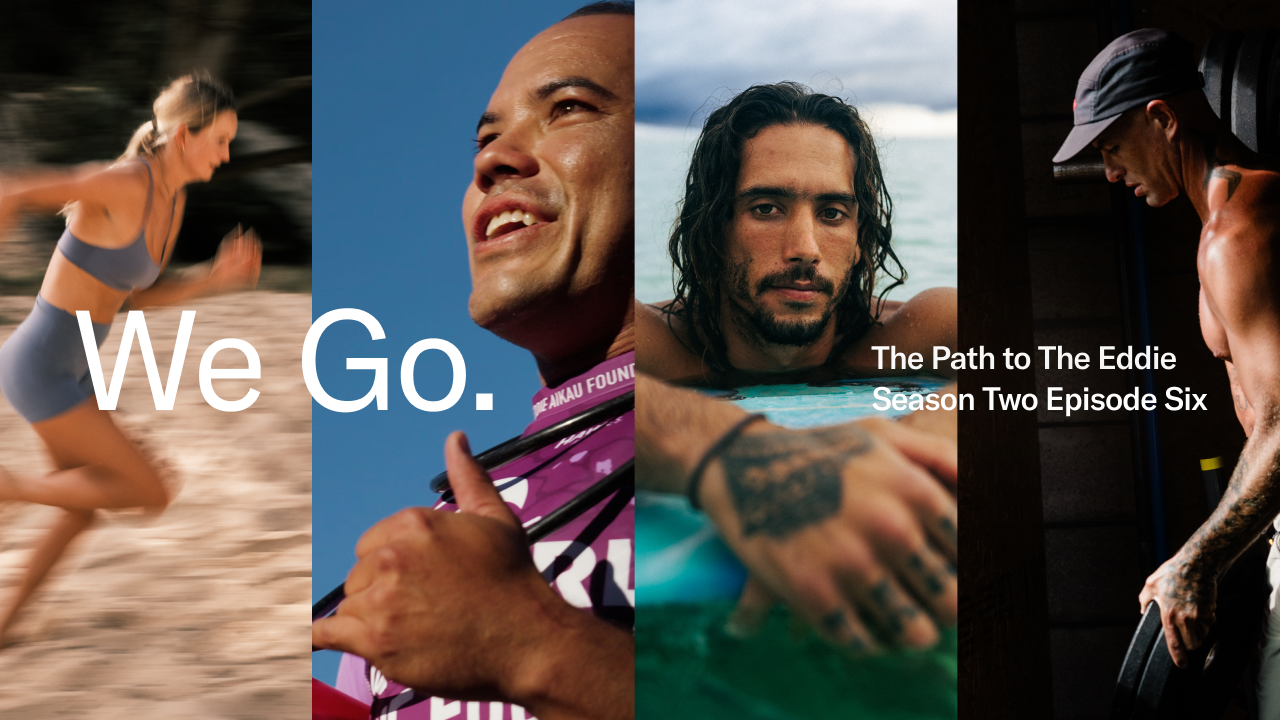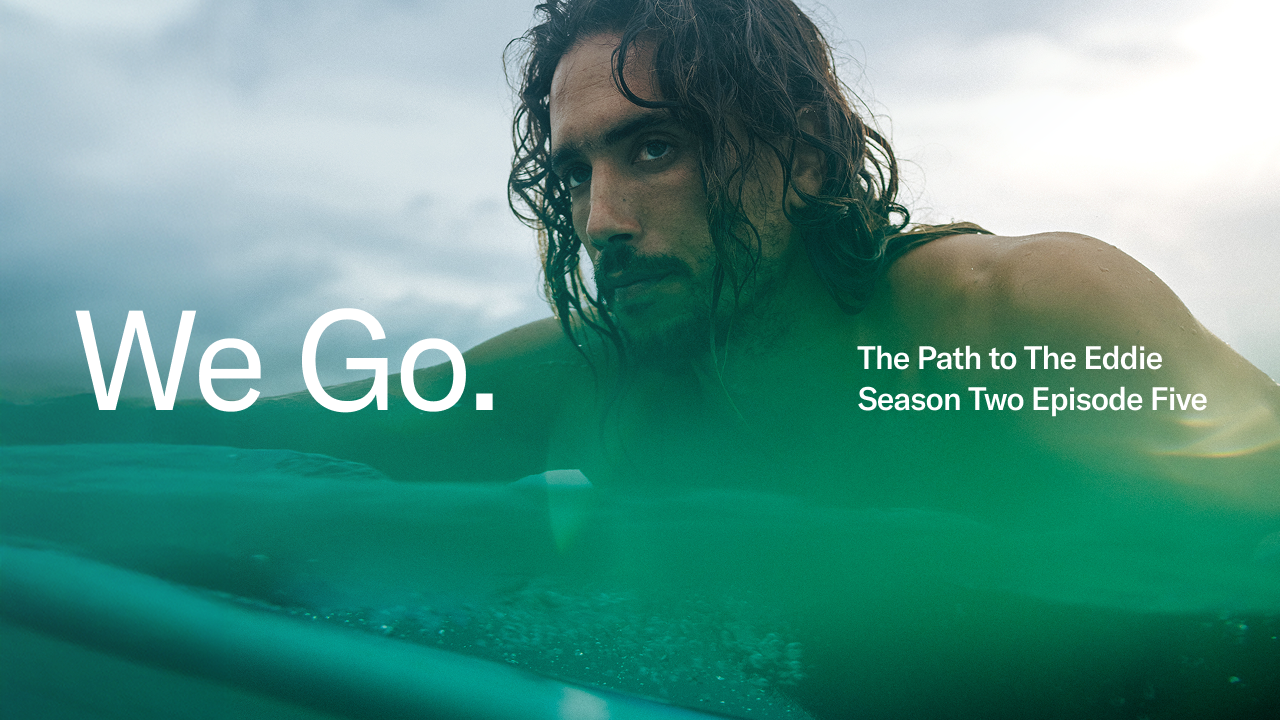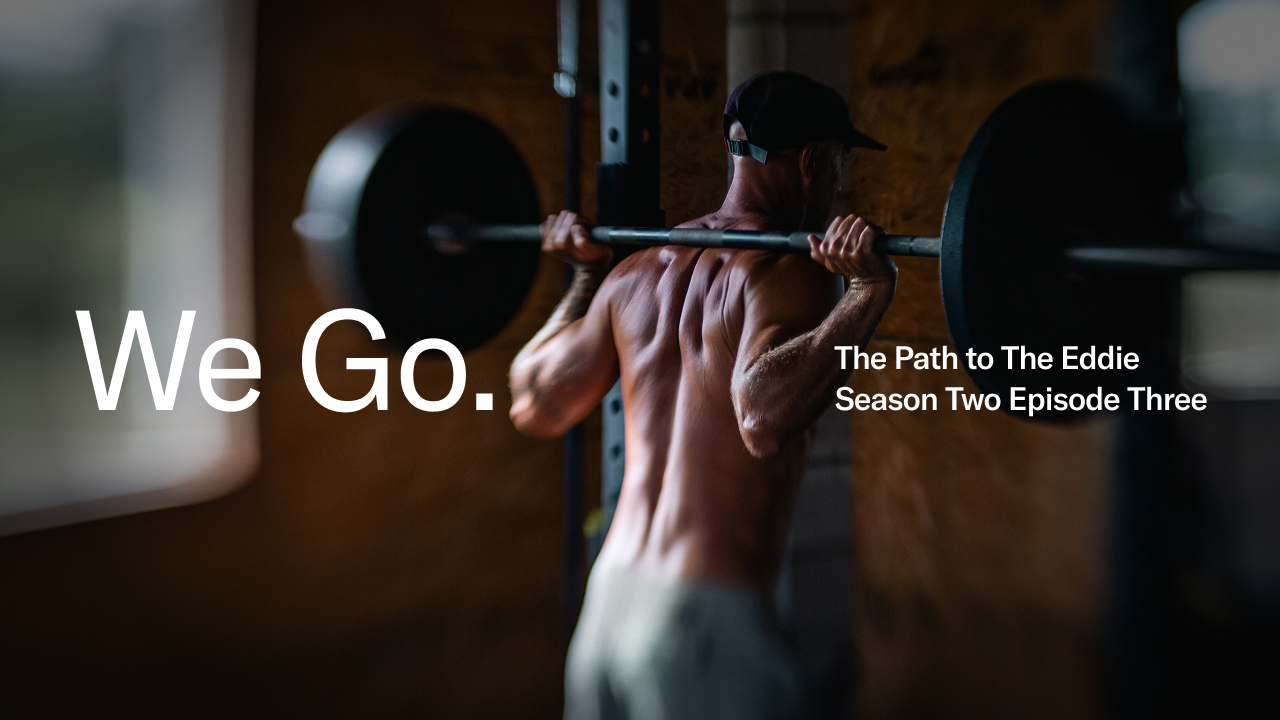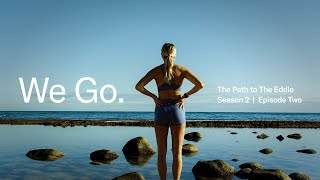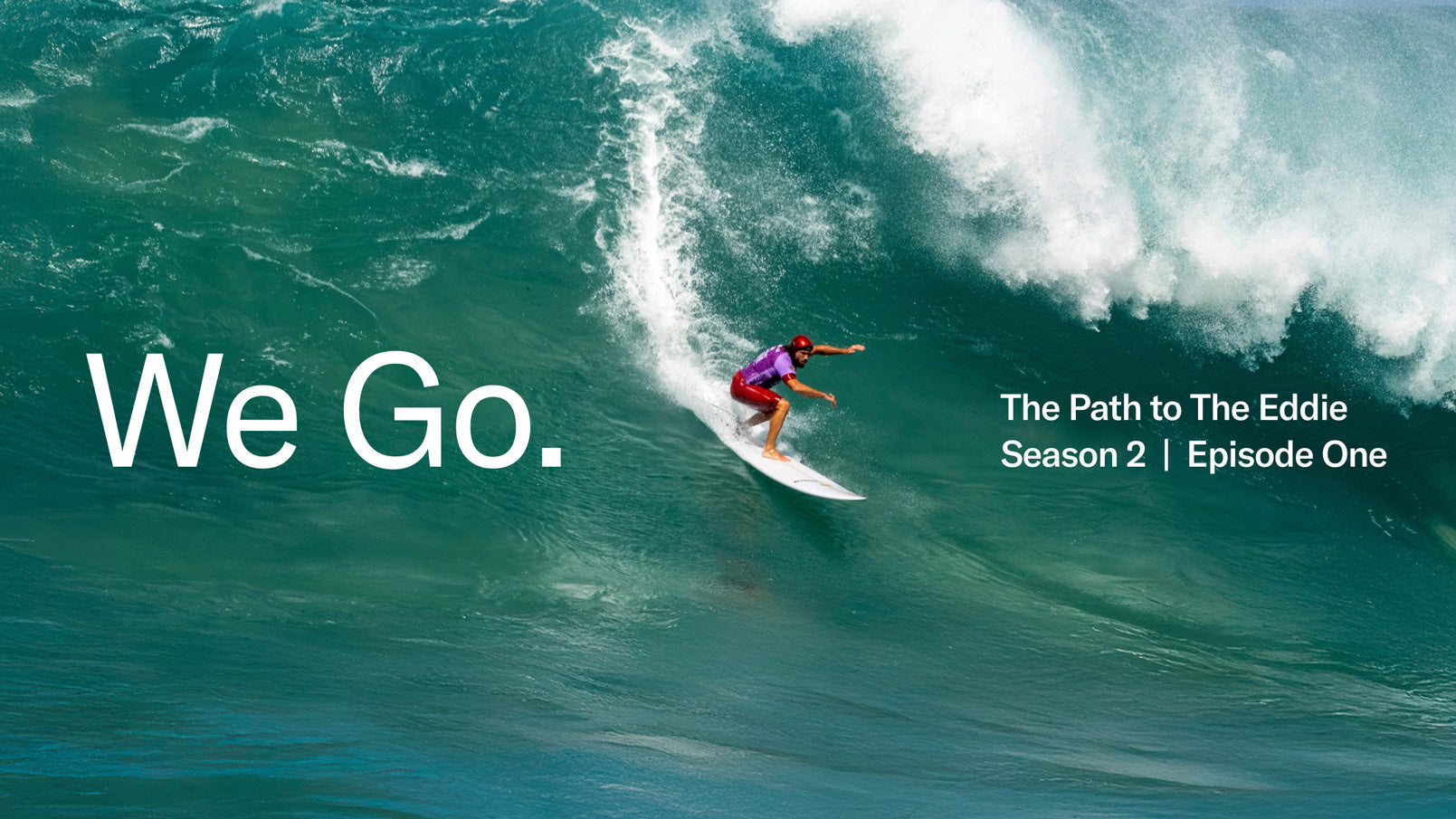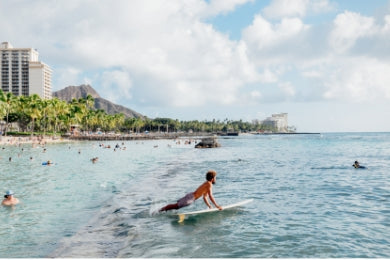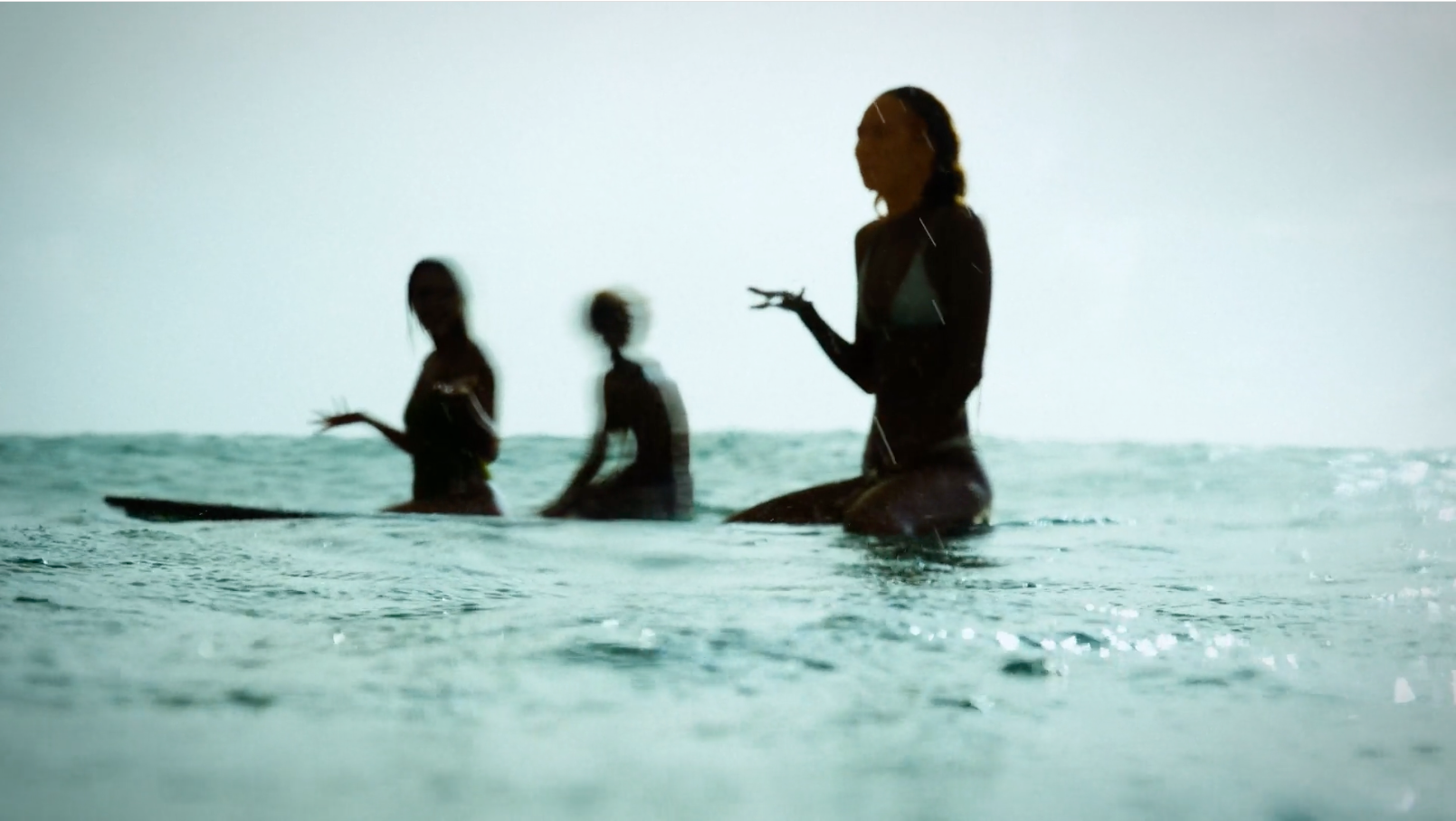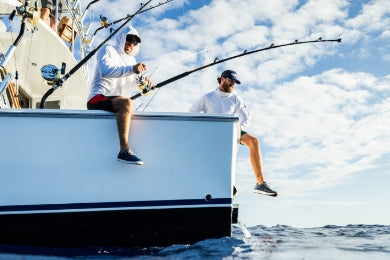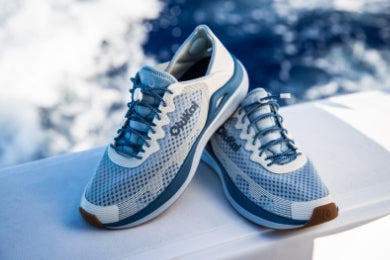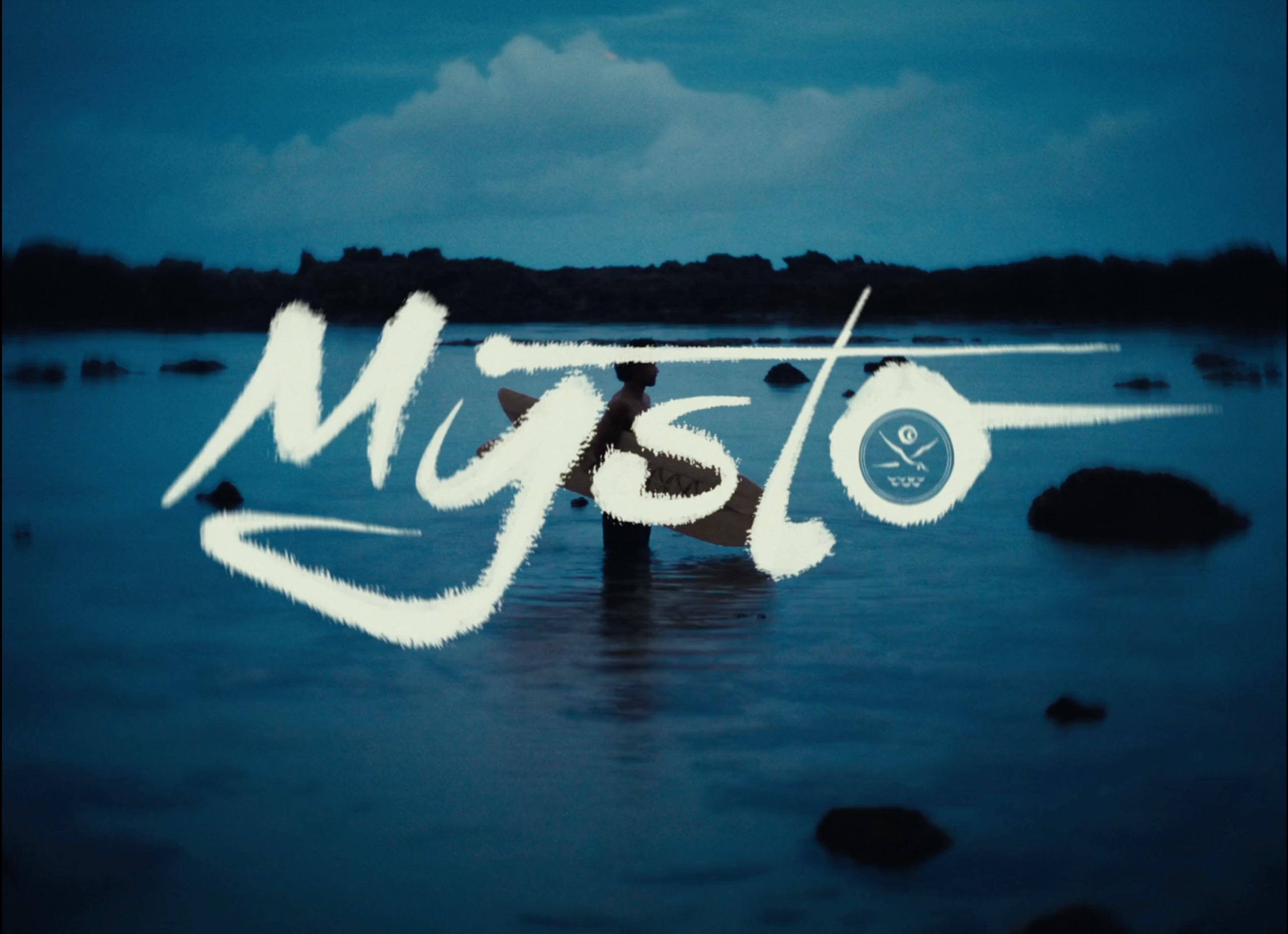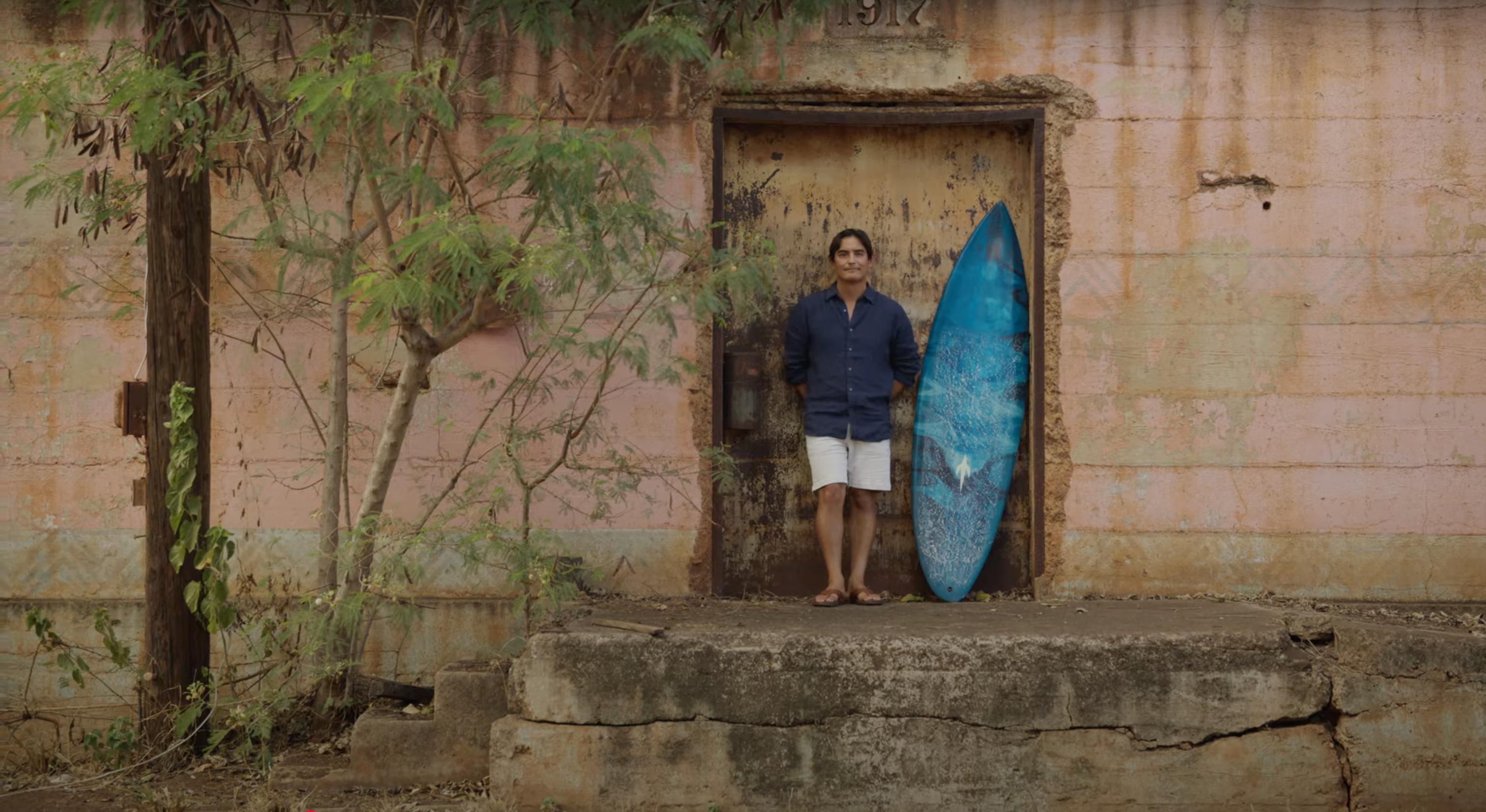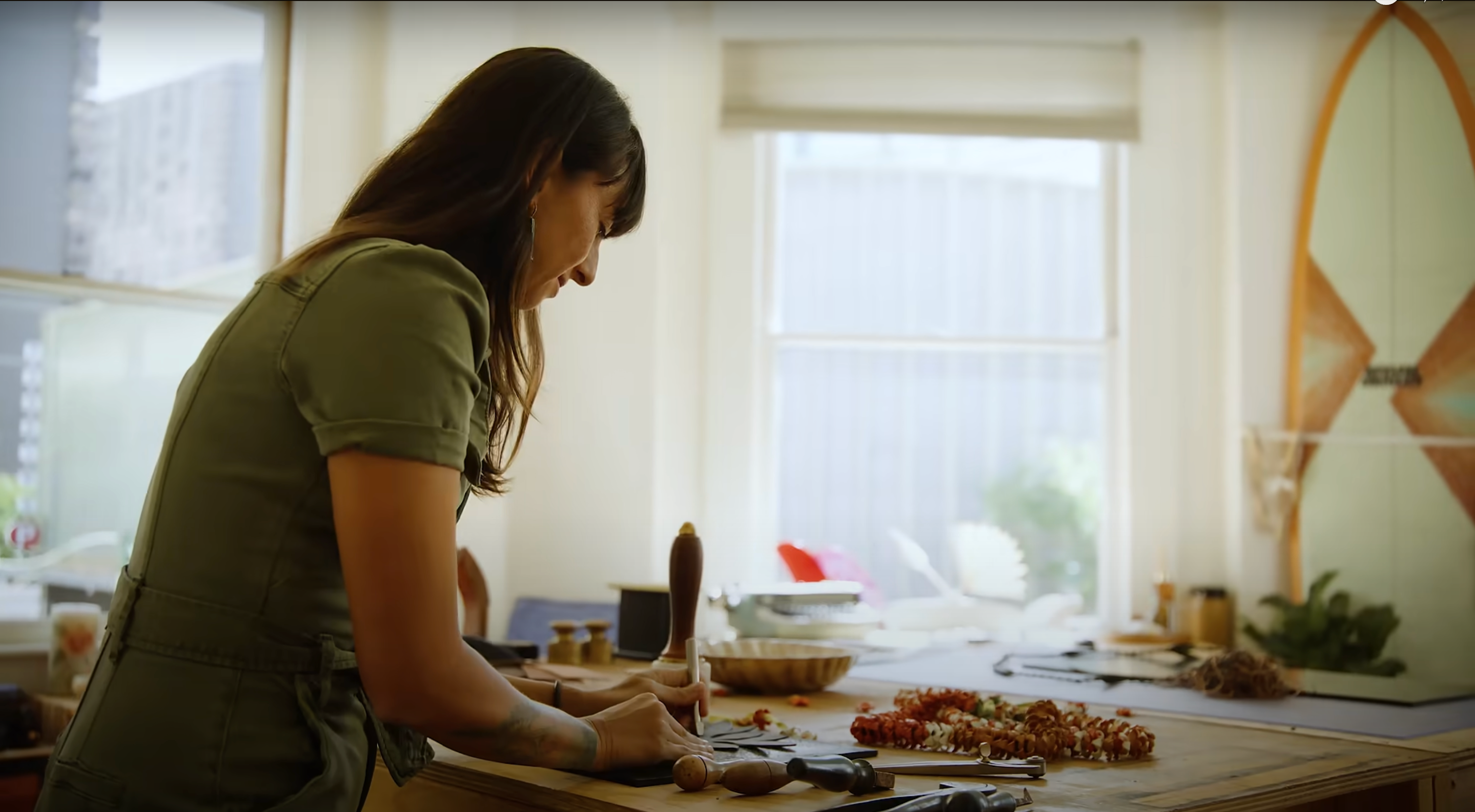 I doze off on a picture-perfect white sand beach, below an cloudless blue sky. I think about moving to the hammock, but it’s too hot where I’ve set it up, away from the breeze. Every once in a while I walk into the clear ocean water to cool off. All that’s missing is the Mai Tai. Dave and Karen are sleeping on the sand, while Fred goes off for a quick afternoon kayak tour. I relax in the halfway world between awake and asleep, pretending to read my book and fooling no one.
It feels like I'm somewhere in Hawaii or the Caribbean. But I'm not. I’m reminded of that when I see not palm trees but the impenetrable wall of Spruce forest that backs the beach. I’m reminded again when I walk down to the water to wash the evening's dishes, and find gray wolf tracks crossing the sand.
In fact, our little piece of "Hawaii" is pretty far north. We’re on the northern coast of British Columbia. By latitude, we’re twice as close to the Arctic Circle as we are to the Aloha State. But you’d never know it from our daily life centered around sun, sea, sand, surf, whales, and moving slowly from one beach to another.
We’ve been paddling a long string of islands between Queen Charlotte Sound, and Bella Bella, a small First Nations village in the middle of a maze of islands that connect British Columbia and Alaska. It’s this northern landscape, it feels odd—and fantastic—to be taking a siesta on the beach, splashing around in the ocean to keep cool. Exposed to storms from the Gulf of Alaska, we were warned about rain and fog. We packed beefy tents, extra fleece clothing, raingear, tarps to huddle under, drysuits, warm hats, boots and paddling gloves. And here I am, trying to cool off by walking around in the north Pacific, half expecting to see parrotfish.
Our trip started with being unceremoniously dropped off the back of BC Ferries’ Queen of Chilliwack near the tip of Calvert Island. The ferry captain had warned us that he could only drop us off if weather in the fickle Fitzhugh Sound was calm enough to stop. It was calm as a lake. We paddled around to the west coast of Calvert Island, where we camped on big swaths of sand.
The next day we paddled from cove to cove, until we found a picture-perfect surf beach with clear green water, a turquoise-green right-hand break, an easy route back out to the lineup and not a soul within sight. We contemplated camping there for a day, but we had some long crossings to make, and didn’t expected our tropical weather to last.
We were wrong. The next several days dawned hot and clear, with no sign of British Columbia’s signature morning pea-soup fog. We crossed Hakai Pass and Kildidt Sound, where we found what might have been debris from the 2011 Japanese tsunami: an upturned, badly damaged dinghy with Asian lettering. A few miles later, we’d landed on another white sand and shell beach on Serpent Island, in a protected clove of green-blue water.
Every morning, we expected the weather radio to tell us our tropical reverie was over. Our luck held, with unseasonably warm temperatures, clear skies, and fair-weather northwesterly winds. We paddled in the morning before the winds rose, and then lounged on some uninhabited beach in the afternoons, sometimes heading off for an afternoon paddle before the 10:30 northern sunset.
The various locales, known for big seas, scrolled by uneventfully: Hakai Pass, Kildidt Sound, Superstition Point, the McNaughton Group, Stryker Island. We went eyeball-to-eyeball with whales near Spider Island and the Simonds Group, and cavorted with sea lions on the exposed coast of Princess Alice Island. The area sees so few visitors that we discovered an uncharted island near our camp in Cultus Sound—and behind it, an uncharted tidal rapid where the sea flowed like a whitewater river. It’s interesting enough to find a true blank spot on a map. It’s even more thrilling when it hides something so interesting.
We braved strong winds to cross to the McMullin Group, a set of small islands even further out in the Pacific, surrounded by rocky reefs. Our camp the next few days was surrounded by curious sea otters: the males preferred the swell on the seaward side, while the moms with pups floated in the protected inlet, watching our camp skeptically from a distance. Here we encountered our only non-kayaker humans of the trip: a couple exploring the BC Coast by sailboat for the summer and who’d come ashore looking for mussels.
The days and the miles reeled by with hot sunny weather, sand, and not a soul in sight. The night before we kayaked into Bella Bella to catch the ferry back home, I made a comical mental list of the warm clothes I hadn’t needed. The hammock got far more use than the fleece jacket. The next day we paddled into Bella Bella. While we waited in the pub for the ferry to arrive, the clouds rolled in, the temperature dropped, and it began to rain. Well, you can’t expect Hawaii in the far North to last forever.
I doze off on a picture-perfect white sand beach, below an cloudless blue sky. I think about moving to the hammock, but it’s too hot where I’ve set it up, away from the breeze. Every once in a while I walk into the clear ocean water to cool off. All that’s missing is the Mai Tai. Dave and Karen are sleeping on the sand, while Fred goes off for a quick afternoon kayak tour. I relax in the halfway world between awake and asleep, pretending to read my book and fooling no one.
It feels like I'm somewhere in Hawaii or the Caribbean. But I'm not. I’m reminded of that when I see not palm trees but the impenetrable wall of Spruce forest that backs the beach. I’m reminded again when I walk down to the water to wash the evening's dishes, and find gray wolf tracks crossing the sand.
In fact, our little piece of "Hawaii" is pretty far north. We’re on the northern coast of British Columbia. By latitude, we’re twice as close to the Arctic Circle as we are to the Aloha State. But you’d never know it from our daily life centered around sun, sea, sand, surf, whales, and moving slowly from one beach to another.
We’ve been paddling a long string of islands between Queen Charlotte Sound, and Bella Bella, a small First Nations village in the middle of a maze of islands that connect British Columbia and Alaska. It’s this northern landscape, it feels odd—and fantastic—to be taking a siesta on the beach, splashing around in the ocean to keep cool. Exposed to storms from the Gulf of Alaska, we were warned about rain and fog. We packed beefy tents, extra fleece clothing, raingear, tarps to huddle under, drysuits, warm hats, boots and paddling gloves. And here I am, trying to cool off by walking around in the north Pacific, half expecting to see parrotfish.
Our trip started with being unceremoniously dropped off the back of BC Ferries’ Queen of Chilliwack near the tip of Calvert Island. The ferry captain had warned us that he could only drop us off if weather in the fickle Fitzhugh Sound was calm enough to stop. It was calm as a lake. We paddled around to the west coast of Calvert Island, where we camped on big swaths of sand.
The next day we paddled from cove to cove, until we found a picture-perfect surf beach with clear green water, a turquoise-green right-hand break, an easy route back out to the lineup and not a soul within sight. We contemplated camping there for a day, but we had some long crossings to make, and didn’t expected our tropical weather to last.
We were wrong. The next several days dawned hot and clear, with no sign of British Columbia’s signature morning pea-soup fog. We crossed Hakai Pass and Kildidt Sound, where we found what might have been debris from the 2011 Japanese tsunami: an upturned, badly damaged dinghy with Asian lettering. A few miles later, we’d landed on another white sand and shell beach on Serpent Island, in a protected clove of green-blue water.
Every morning, we expected the weather radio to tell us our tropical reverie was over. Our luck held, with unseasonably warm temperatures, clear skies, and fair-weather northwesterly winds. We paddled in the morning before the winds rose, and then lounged on some uninhabited beach in the afternoons, sometimes heading off for an afternoon paddle before the 10:30 northern sunset.
The various locales, known for big seas, scrolled by uneventfully: Hakai Pass, Kildidt Sound, Superstition Point, the McNaughton Group, Stryker Island. We went eyeball-to-eyeball with whales near Spider Island and the Simonds Group, and cavorted with sea lions on the exposed coast of Princess Alice Island. The area sees so few visitors that we discovered an uncharted island near our camp in Cultus Sound—and behind it, an uncharted tidal rapid where the sea flowed like a whitewater river. It’s interesting enough to find a true blank spot on a map. It’s even more thrilling when it hides something so interesting.
We braved strong winds to cross to the McMullin Group, a set of small islands even further out in the Pacific, surrounded by rocky reefs. Our camp the next few days was surrounded by curious sea otters: the males preferred the swell on the seaward side, while the moms with pups floated in the protected inlet, watching our camp skeptically from a distance. Here we encountered our only non-kayaker humans of the trip: a couple exploring the BC Coast by sailboat for the summer and who’d come ashore looking for mussels.
The days and the miles reeled by with hot sunny weather, sand, and not a soul in sight. The night before we kayaked into Bella Bella to catch the ferry back home, I made a comical mental list of the warm clothes I hadn’t needed. The hammock got far more use than the fleece jacket. The next day we paddled into Bella Bella. While we waited in the pub for the ferry to arrive, the clouds rolled in, the temperature dropped, and it began to rain. Well, you can’t expect Hawaii in the far North to last forever.
Paddling the North Coast of BC: The Hawaii of the Far North
 I doze off on a picture-perfect white sand beach, below an cloudless blue sky. I think about moving to the hammock, but it’s too hot where I’ve set it up, away from the breeze. Every once in a while I walk into the clear ocean water to cool off. All that’s missing is the Mai Tai. Dave and Karen are sleeping on the sand, while Fred goes off for a quick afternoon kayak tour. I relax in the halfway world between awake and asleep, pretending to read my book and fooling no one.
It feels like I'm somewhere in Hawaii or the Caribbean. But I'm not. I’m reminded of that when I see not palm trees but the impenetrable wall of Spruce forest that backs the beach. I’m reminded again when I walk down to the water to wash the evening's dishes, and find gray wolf tracks crossing the sand.
In fact, our little piece of "Hawaii" is pretty far north. We’re on the northern coast of British Columbia. By latitude, we’re twice as close to the Arctic Circle as we are to the Aloha State. But you’d never know it from our daily life centered around sun, sea, sand, surf, whales, and moving slowly from one beach to another.
We’ve been paddling a long string of islands between Queen Charlotte Sound, and Bella Bella, a small First Nations village in the middle of a maze of islands that connect British Columbia and Alaska. It’s this northern landscape, it feels odd—and fantastic—to be taking a siesta on the beach, splashing around in the ocean to keep cool. Exposed to storms from the Gulf of Alaska, we were warned about rain and fog. We packed beefy tents, extra fleece clothing, raingear, tarps to huddle under, drysuits, warm hats, boots and paddling gloves. And here I am, trying to cool off by walking around in the north Pacific, half expecting to see parrotfish.
Our trip started with being unceremoniously dropped off the back of BC Ferries’ Queen of Chilliwack near the tip of Calvert Island. The ferry captain had warned us that he could only drop us off if weather in the fickle Fitzhugh Sound was calm enough to stop. It was calm as a lake. We paddled around to the west coast of Calvert Island, where we camped on big swaths of sand.
The next day we paddled from cove to cove, until we found a picture-perfect surf beach with clear green water, a turquoise-green right-hand break, an easy route back out to the lineup and not a soul within sight. We contemplated camping there for a day, but we had some long crossings to make, and didn’t expected our tropical weather to last.
We were wrong. The next several days dawned hot and clear, with no sign of British Columbia’s signature morning pea-soup fog. We crossed Hakai Pass and Kildidt Sound, where we found what might have been debris from the 2011 Japanese tsunami: an upturned, badly damaged dinghy with Asian lettering. A few miles later, we’d landed on another white sand and shell beach on Serpent Island, in a protected clove of green-blue water.
Every morning, we expected the weather radio to tell us our tropical reverie was over. Our luck held, with unseasonably warm temperatures, clear skies, and fair-weather northwesterly winds. We paddled in the morning before the winds rose, and then lounged on some uninhabited beach in the afternoons, sometimes heading off for an afternoon paddle before the 10:30 northern sunset.
The various locales, known for big seas, scrolled by uneventfully: Hakai Pass, Kildidt Sound, Superstition Point, the McNaughton Group, Stryker Island. We went eyeball-to-eyeball with whales near Spider Island and the Simonds Group, and cavorted with sea lions on the exposed coast of Princess Alice Island. The area sees so few visitors that we discovered an uncharted island near our camp in Cultus Sound—and behind it, an uncharted tidal rapid where the sea flowed like a whitewater river. It’s interesting enough to find a true blank spot on a map. It’s even more thrilling when it hides something so interesting.
We braved strong winds to cross to the McMullin Group, a set of small islands even further out in the Pacific, surrounded by rocky reefs. Our camp the next few days was surrounded by curious sea otters: the males preferred the swell on the seaward side, while the moms with pups floated in the protected inlet, watching our camp skeptically from a distance. Here we encountered our only non-kayaker humans of the trip: a couple exploring the BC Coast by sailboat for the summer and who’d come ashore looking for mussels.
The days and the miles reeled by with hot sunny weather, sand, and not a soul in sight. The night before we kayaked into Bella Bella to catch the ferry back home, I made a comical mental list of the warm clothes I hadn’t needed. The hammock got far more use than the fleece jacket. The next day we paddled into Bella Bella. While we waited in the pub for the ferry to arrive, the clouds rolled in, the temperature dropped, and it began to rain. Well, you can’t expect Hawaii in the far North to last forever.
I doze off on a picture-perfect white sand beach, below an cloudless blue sky. I think about moving to the hammock, but it’s too hot where I’ve set it up, away from the breeze. Every once in a while I walk into the clear ocean water to cool off. All that’s missing is the Mai Tai. Dave and Karen are sleeping on the sand, while Fred goes off for a quick afternoon kayak tour. I relax in the halfway world between awake and asleep, pretending to read my book and fooling no one.
It feels like I'm somewhere in Hawaii or the Caribbean. But I'm not. I’m reminded of that when I see not palm trees but the impenetrable wall of Spruce forest that backs the beach. I’m reminded again when I walk down to the water to wash the evening's dishes, and find gray wolf tracks crossing the sand.
In fact, our little piece of "Hawaii" is pretty far north. We’re on the northern coast of British Columbia. By latitude, we’re twice as close to the Arctic Circle as we are to the Aloha State. But you’d never know it from our daily life centered around sun, sea, sand, surf, whales, and moving slowly from one beach to another.
We’ve been paddling a long string of islands between Queen Charlotte Sound, and Bella Bella, a small First Nations village in the middle of a maze of islands that connect British Columbia and Alaska. It’s this northern landscape, it feels odd—and fantastic—to be taking a siesta on the beach, splashing around in the ocean to keep cool. Exposed to storms from the Gulf of Alaska, we were warned about rain and fog. We packed beefy tents, extra fleece clothing, raingear, tarps to huddle under, drysuits, warm hats, boots and paddling gloves. And here I am, trying to cool off by walking around in the north Pacific, half expecting to see parrotfish.
Our trip started with being unceremoniously dropped off the back of BC Ferries’ Queen of Chilliwack near the tip of Calvert Island. The ferry captain had warned us that he could only drop us off if weather in the fickle Fitzhugh Sound was calm enough to stop. It was calm as a lake. We paddled around to the west coast of Calvert Island, where we camped on big swaths of sand.
The next day we paddled from cove to cove, until we found a picture-perfect surf beach with clear green water, a turquoise-green right-hand break, an easy route back out to the lineup and not a soul within sight. We contemplated camping there for a day, but we had some long crossings to make, and didn’t expected our tropical weather to last.
We were wrong. The next several days dawned hot and clear, with no sign of British Columbia’s signature morning pea-soup fog. We crossed Hakai Pass and Kildidt Sound, where we found what might have been debris from the 2011 Japanese tsunami: an upturned, badly damaged dinghy with Asian lettering. A few miles later, we’d landed on another white sand and shell beach on Serpent Island, in a protected clove of green-blue water.
Every morning, we expected the weather radio to tell us our tropical reverie was over. Our luck held, with unseasonably warm temperatures, clear skies, and fair-weather northwesterly winds. We paddled in the morning before the winds rose, and then lounged on some uninhabited beach in the afternoons, sometimes heading off for an afternoon paddle before the 10:30 northern sunset.
The various locales, known for big seas, scrolled by uneventfully: Hakai Pass, Kildidt Sound, Superstition Point, the McNaughton Group, Stryker Island. We went eyeball-to-eyeball with whales near Spider Island and the Simonds Group, and cavorted with sea lions on the exposed coast of Princess Alice Island. The area sees so few visitors that we discovered an uncharted island near our camp in Cultus Sound—and behind it, an uncharted tidal rapid where the sea flowed like a whitewater river. It’s interesting enough to find a true blank spot on a map. It’s even more thrilling when it hides something so interesting.
We braved strong winds to cross to the McMullin Group, a set of small islands even further out in the Pacific, surrounded by rocky reefs. Our camp the next few days was surrounded by curious sea otters: the males preferred the swell on the seaward side, while the moms with pups floated in the protected inlet, watching our camp skeptically from a distance. Here we encountered our only non-kayaker humans of the trip: a couple exploring the BC Coast by sailboat for the summer and who’d come ashore looking for mussels.
The days and the miles reeled by with hot sunny weather, sand, and not a soul in sight. The night before we kayaked into Bella Bella to catch the ferry back home, I made a comical mental list of the warm clothes I hadn’t needed. The hammock got far more use than the fleece jacket. The next day we paddled into Bella Bella. While we waited in the pub for the ferry to arrive, the clouds rolled in, the temperature dropped, and it began to rain. Well, you can’t expect Hawaii in the far North to last forever.
